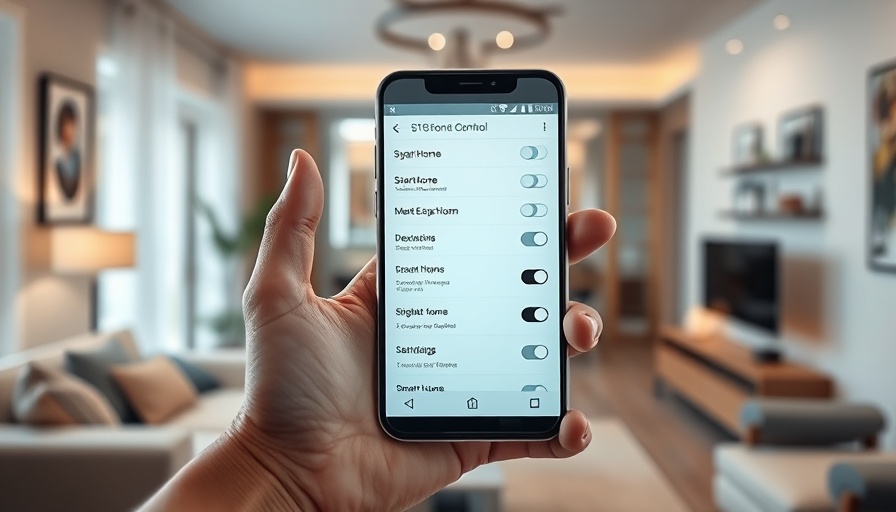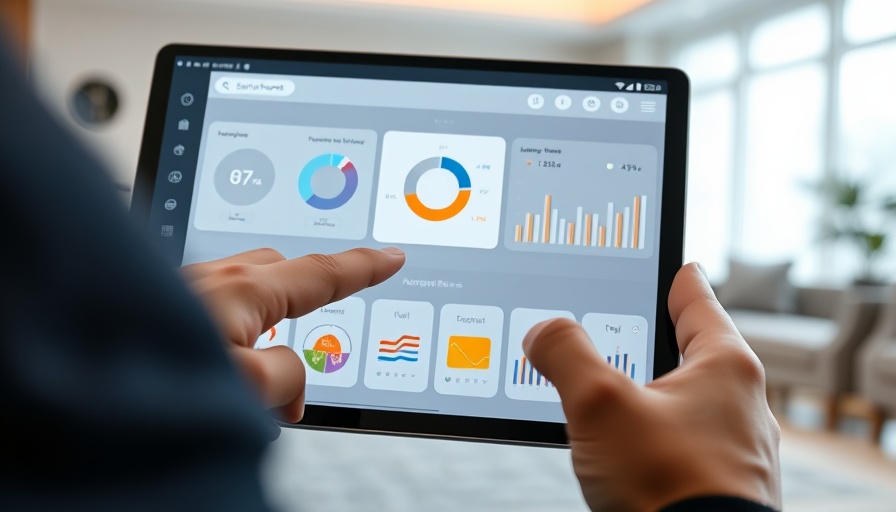
Understanding Home Automation: WiFi vs. Zigbee
As more homeowners embrace technology to enhance their living spaces, understanding the best home automation solutions available can be overwhelming. One major dilemma confronts many: Should you choose WiFi or Zigbee for your home automation needs? This article will break down the key differences, pros and cons, and practical applications of both technologies, guiding you towards an informed decision.
In WiFi vs. Zigbee: Which Home Automation is Right for You?, we uncover the pros and cons of each technology, seeking to help homeowners navigate their home automation choices.
The Basics: What Is WiFi?
WiFi has become synonymous with home internet connectivity. It utilizes radio waves to provide high-speed internet access across devices in a household. Most modern devices, from smartphones to smart TVs, rely heavily on WiFi for connectivity. But beyond internet access, WiFi is also essential for many home automation systems. Its strength lies in the ability to support high bandwidth applications, making it perfect for streaming and running multiple devices concurrently.
What Is Zigbee?
On the other hand, Zigbee is specifically designed for low-power, low-bandwidth applications typically found in smart home devices. This includes sensors, lights, and security cameras. It operates in mesh network configurations, allowing devices to communicate with each other directly rather than relying solely on a central hub. This characteristic enhances the range and reliability of the network, making it an appealing choice for smart home setups.
Pros and Cons of WiFi
While WiFi can support a broad array of smart home devices, it does have its drawbacks. Key advantages include:
- High-speed connectivity: Ideal for streaming and large data transfers.
- Widespread compatibility: Most devices on the market are designed for WiFi use.
- Easy setup: Requires minimal technical knowledge.
However, drawbacks such as bandwidth congestion, reduced performance with many connected devices, and higher power consumption affect its suitability for certain smart home applications.
Pros and Cons of Zigbee
Zigbee’s strengths make it a compelling choice for home automation. Its key advantages include:
- Energy efficiency: Consumes less power, making it ideal for battery-operated devices.
- Robustness: Mesh networking enhances reliability and extends the range.
- Lower cost of devices: Typically, Zigbee-compatible devices are less expensive.
Yet, it also has some downsides: limited bandwidth means it isn't ideal for high-data applications, and it requires a compatible hub to connect to WiFi networks. Additionally, Zigbee’s smaller ecosystem can limit device choices compared to WiFi.
Making the Right Choice for Your Home
When deciding between WiFi and Zigbee, several factors come into play. If you have a high number of high-bandwidth devices, such as streaming devices and smart televisions, WiFi may be the best choice. However, if your focus is on smart sensors, light bulbs, or energy-efficient devices, Zigbee's low-energy consumption and robust mesh networking may prove advantageous. Insightful analysis into how your home lifestyle interacts with these technologies can make all the difference.
Integration Possibilities
For some homeowners, utilizing both technologies can provide the most benefits. For instance, a Zigbee smart light bulb can be integrated into a WiFi-based smart home ecosystem through a compatible hub. This hybrid strategy allows for greater flexibility and innovative solutions. Understanding how to best leverage both technologies can amplify your home automation's functionality and efficiency.
The Future of Home Automation
The trend towards smart homes is expected to accelerate in the coming years. Analysts predict that as more consumers embrace connected devices, technologies like Zigbee and WiFi will continue to evolve and innovate. Understanding the nuances of these platforms today will empower you to take full advantage of tomorrow's advancements.
Are you ready to elevate your home to the next level? Whether you choose WiFi or Zigbee, being informed can enhance your decision-making process, ensuring your home automation solutions work for you. Dive deeper into home automation to find the best fit for your lifestyle!
 Add Row
Add Row  Add
Add 




Write A Comment